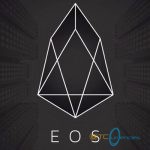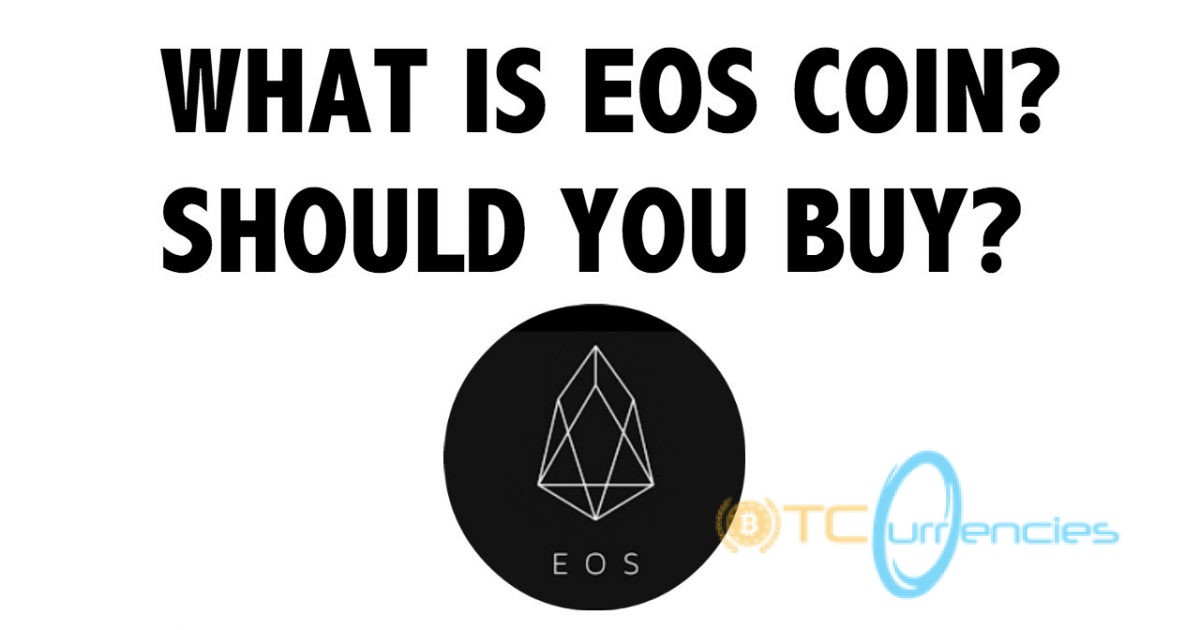 Created by Dan Larrimer, EOS features an Ethereum like block chain technology and has been seen as a successor to Ethereum. It is expected that applications can be built on the EOS by developers especially as it shares similarities with a decentralized operating system.
Created by Dan Larrimer, EOS features an Ethereum like block chain technology and has been seen as a successor to Ethereum. It is expected that applications can be built on the EOS by developers especially as it shares similarities with a decentralized operating system.
Before they can use the blockchain, a developer will need to possess EOS coins. Who are EOS target markets? EOS is targeting large enterprises who are yet to be supported by the currently existing blockchain platforms and it hopes to scale mainstream development for them. Its design also sees the introduction of horizontal scaling, parallel processing and asynchronous communications which ensure that millions of transactions can be carried out in a split second.
This technology puts it in a higher position over Facebook and Google at 52 and 40 thousand per second, respectively. How it Works Designed in a way that sees it supporting distributed applications with the same feel and look of its centralised counterparts, EOS enables new blockchain users to get involved easily.
This they can do without needing to navigate through the complex process involved in having to buy a crypto currency. What this simply translates to mean is that on the EOS operating system, any type of application can be built, run and governed. A new level of transparency is therefore created for business.
To use the resources present on the server, a developer would not need to spend coins. All they would need to do is to prove beyond reasonable doubts that they hold these coins. Features of EOS a. Scalable The scalability of the EOS operating system cannot be overemphasised. This system has been built to support thousands of commercial scale DApps.
Also, to ensure decent flow in usage, parallel execution, and asynchronous communication ensure that millions of transactions are carried out in a little while. b. Provision of Accounts The EOS software provides its users and clients with accounts, databases, authentication, scheduling of applications as well as asynchronous communications across hundreds of CPU cores or clusters. c. Decentralized Operating System The EOS has similarities with a decentralized operating system. This simply means that on EOS, developers can build applications but would need to possess the EOS coins before they can make use of the EOS blockchain. d. A Constitution EOS has laid down a set of rules, agreeable and binding to all concerned parties.
These rules are linked to every block mined. e. Evolution and Self Sufficiency As at current, the model presently allows for a 5% inflation. This is expected to be used in further developing the system.




